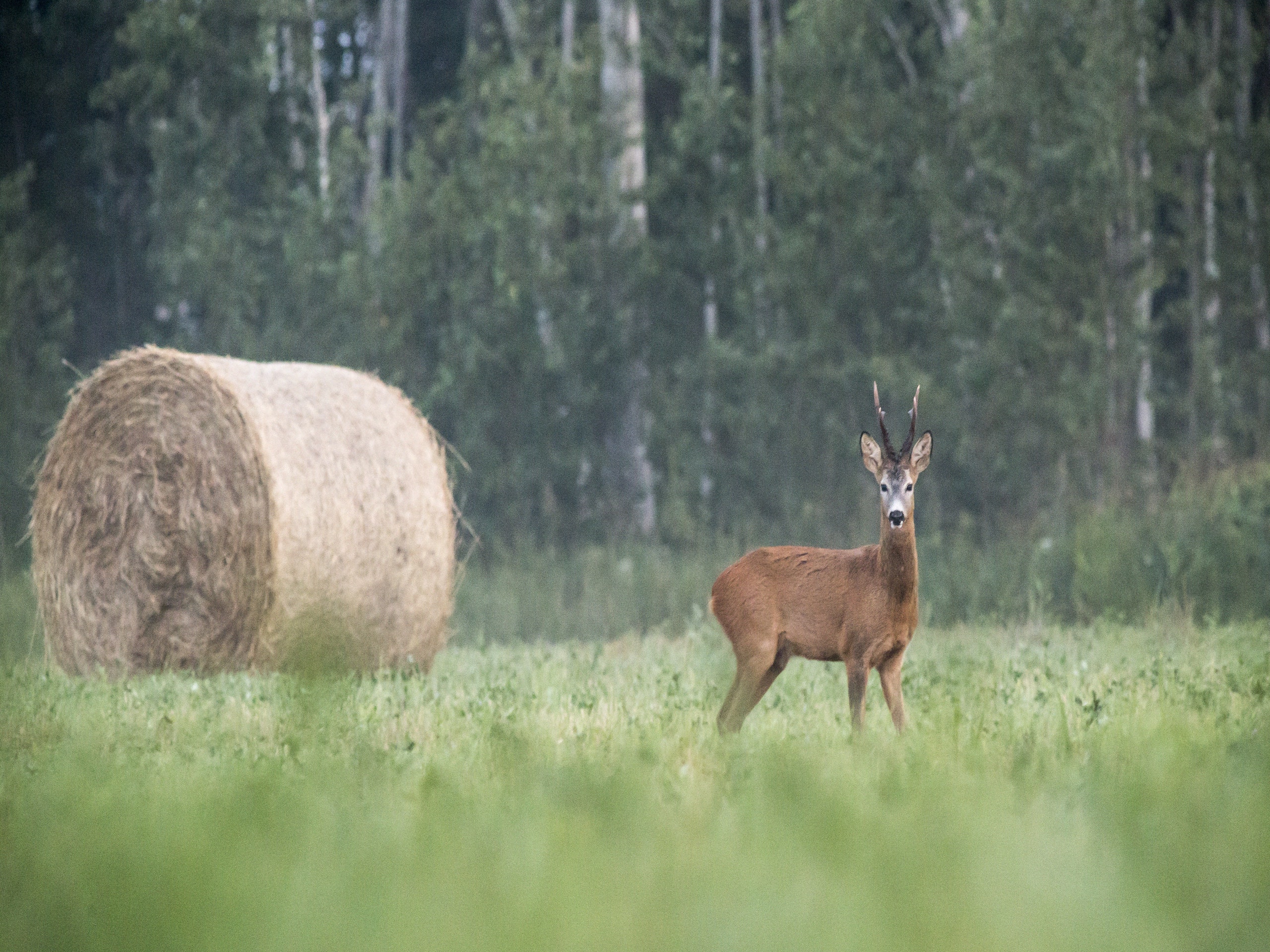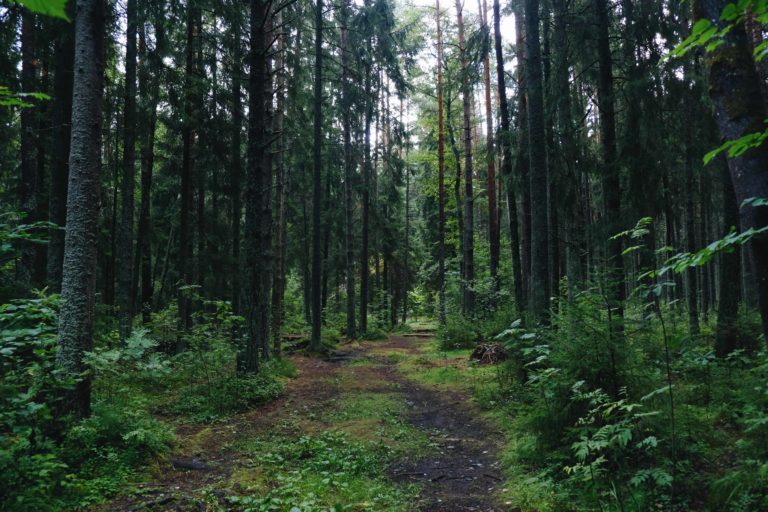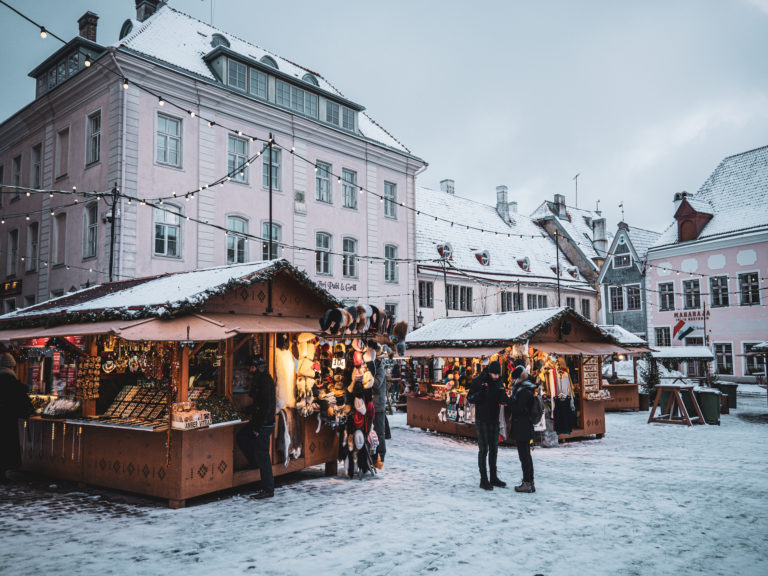Estonia’s Islands: A guide to the 7 islands of the country’s fascinating tranquil archipelago
Estonia’s islands are a hidden gem in the Baltic Sea, offering visitors tranquil beaches, charming fishing villages, and unique cultural experiences. With over 2,000 islands and islets, Estonia’s archipelago is the perfect destination for those looking to escape the hustle and bustle of city life and connect with nature. In this guide, we’ll explore Estonia’s islands and highlight the top ones to visit.
Estonia has more than 2,000 islands, which make up a significant part of the country’s territory. Some of the most notable islands include Saaremaa, Hiiumaa, and Muhu. These islands are popular tourist destinations, known for their stunning natural beauty and rich cultural heritage. Saaremaa, for example, is famous for its medieval castle and unique local cuisine, while Hiiumaa is home to several lighthouses and historic churches. The islands are also popular for outdoor activities such as hiking, cycling, and bird watching, and many of them offer opportunities for water sports like sailing, kayaking, and fishing.
What are Estonia´s islands?
- Saaremaa: Saaremaa is Estonia’s largest island and is known for its unspoiled nature, historic castles, and charming small towns. The island is home to several nature reserves, including the Vilsandi National Park, which is a haven for birdwatchers. Visitors can also explore the Kaali meteorite crater, which is one of the most unique geological formations in Europe.
Saaremaa is the largest island in Estonia, located in the Baltic Sea off the western coast of the country. It has an area of approximately 2,673 square kilometers and a population of around 34,000 people. The island is known for its unique nature, rich cultural heritage, and stunning historic sites.
Saaremaa has a long and fascinating history, with evidence of human habitation dating back to the Stone Age. The island has been ruled by various powers over the centuries, including the Danes, Germans, Swedes, and Russians. As a result, Saaremaa has a rich cultural heritage, with a unique blend of Estonian and foreign influences.
One of the most popular tourist attractions on Saaremaa is the Kuressaare Castle, which was built in the 14th century and is one of the best-preserved medieval fortresses in Estonia. The castle now houses a museum, showcasing the island’s history and cultural heritage.
Saaremaa is also known for its stunning natural beauty, with a diverse landscape that includes forests, wetlands, and coastal cliffs. The island has several hiking and cycling trails, offering visitors the opportunity to explore the island’s natural wonders up close.
In addition to its historic sites and natural beauty, Saaremaa is also known for its unique cuisine, which includes locally sourced ingredients such as smoked fish, wild berries, and game meat. Visitors can sample traditional Saaremaa dishes at local restaurants and cafes.
- Hiiumaa: Hiiumaa is known for its picturesque lighthouses, tranquil beaches, and pristine forests. The island is a popular destination for outdoor enthusiasts, with opportunities for hiking, cycling, and fishing. Visitors can also explore the island’s rich cultural heritage, which includes traditional fishing villages and the famous Kärdla wool factory.
Hiiumaa is the second-largest of Estonia´s islands, located in the Baltic Sea off the western coast of the country. It has an area of approximately 989 square kilometers and a population of around 8,000 people. The island is known for its stunning natural beauty, rugged coastline, and unique cultural heritage.
Hiiumaa has a rich history, with evidence of human habitation dating back to the Stone Age. The island has been ruled by various powers over the centuries, including the Swedes, Germans, and Russians. As a result, Hiiumaa has a unique cultural heritage, with a mix of Estonian, Swedish, and German influences.
One of the most popular tourist attractions on Hiiumaa is the Kõpu Lighthouse, which is one of the oldest operating lighthouses in the world, dating back to the 16th century. Visitors can climb to the top of the lighthouse for stunning views of the surrounding landscape.
Hiiumaa is also known for its beautiful beaches, which are popular for swimming and sunbathing during the summer months. The island has several hiking trails, offering visitors the opportunity to explore the island’s diverse natural landscape, which includes forests, wetlands, and coastal cliffs.
In addition to its natural beauty and historic sites, Hiiumaa is also known for its unique cultural traditions, including traditional handicrafts and music. Visitors can learn about these traditions at local museums and cultural events.More of Estonia´s Islands
- Muhu: Muhu is a small island located between Saaremaa and the mainland, and is known for its unique cultural traditions and stunning natural landscapes. Visitors can explore the island’s historic windmills and traditional farmhouses, and sample local delicacies like smoked fish and black bread.
- Vormsi: Vormsi is a small island located off the coast of western Estonia, and is known for its beautiful beaches and charming fishing villages. The island is home to a vibrant Swedish-speaking community, and visitors can explore the island’s unique cultural heritage by visiting the Vormsi Heritage Centre.
- Ruhnu: Ruhnu is a small island located in the Gulf of Riga, Latvia, and is known for its pristine beaches and unique natural landscapes. The island is home to a small community of Swedish-speaking people, and visitors can explore the island’s historic wooden church and lighthouse.
- Kihnu: Kihnu is a small island located in the Gulf of Riga, and is known for its unique cultural traditions and colorful traditional costumes. The island is home to a small community of Estonian-speaking people, and visitors can explore the island’s cultural heritage by visiting the Kihnu Museum and attending traditional festivals.
- Abruka: Abruka is a small island located off the coast of Saaremaa, and is known for its beautiful forests and tranquil beaches. The island is a popular destination for birdwatchers, and visitors can explore the island’s rich cultural heritage by visiting the Abruka Museum.
Who are Estonia´s Islands for?
Estonia’s islands are a hidden gem in the Baltic Sea, offering visitors unique cultural experiences and stunning natural landscapes. Whether you’re interested in history, culture, or just soaking up the island atmosphere, Estonia’s archipelago is the perfect destination for a tranquil getaway. So pack your bags, leave the city behind, and discover the beauty of Estonia’s islands.
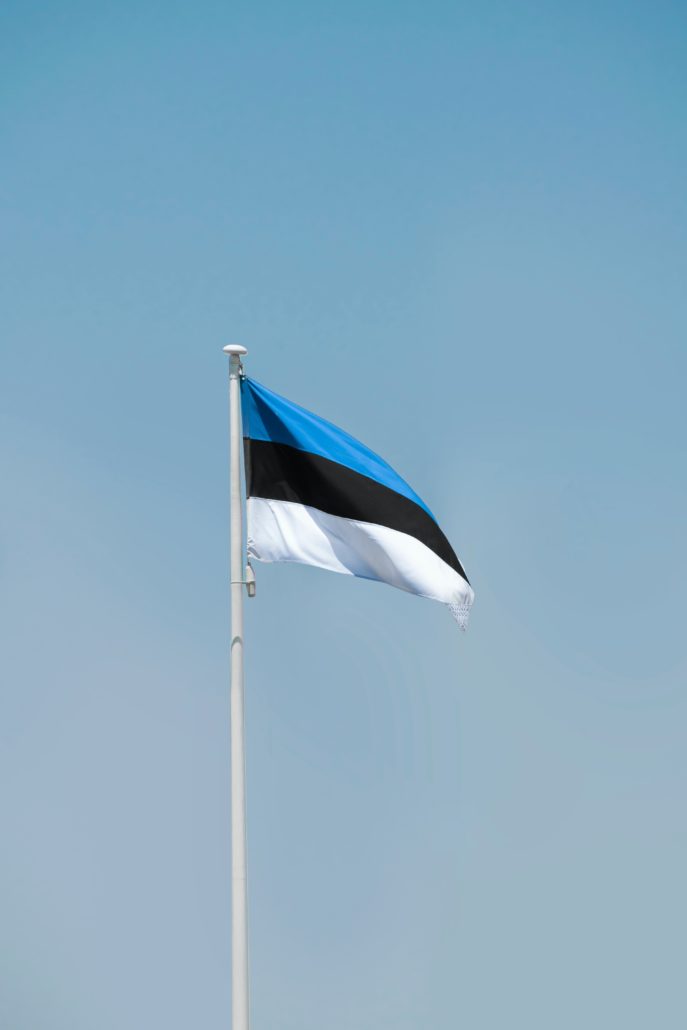
You might also want to check out our other articles about Estonia:
- 10 Must-See Sights in Estonia: Exploring the Country’s Rich History and Culture
- Estonia’s Culinary Scene: Tasting Your Way Through the Country’s Unique Cuisine
- Top 14 Things To Do in Tallinn, Estonia
- Saunas in Estonia: Discovering the Country’s Relaxation Culture
- National Parks Estonia: A Guide to the Country’s Beautiful Natural Wonders
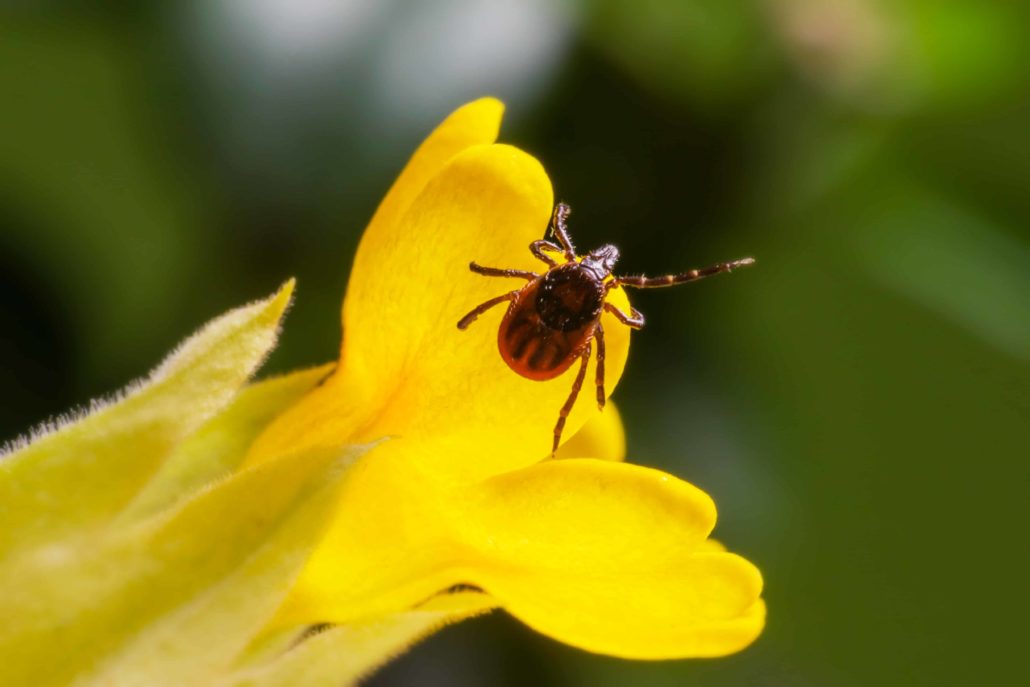
The islands of Estonia have a rich history and culture, shaped by their unique geography and location. They have been inhabited since prehistoric times, and have been ruled by various powers over the centuries, including the Danes, Swedes, Germans, and Russians.
Today, the islands are popular tourist destinations, known for their natural beauty, unique culture, and rich history. Visitors can enjoy a wide range of activities on the islands, such as hiking, cycling, swimming, fishing, and exploring historical sites and museums.

